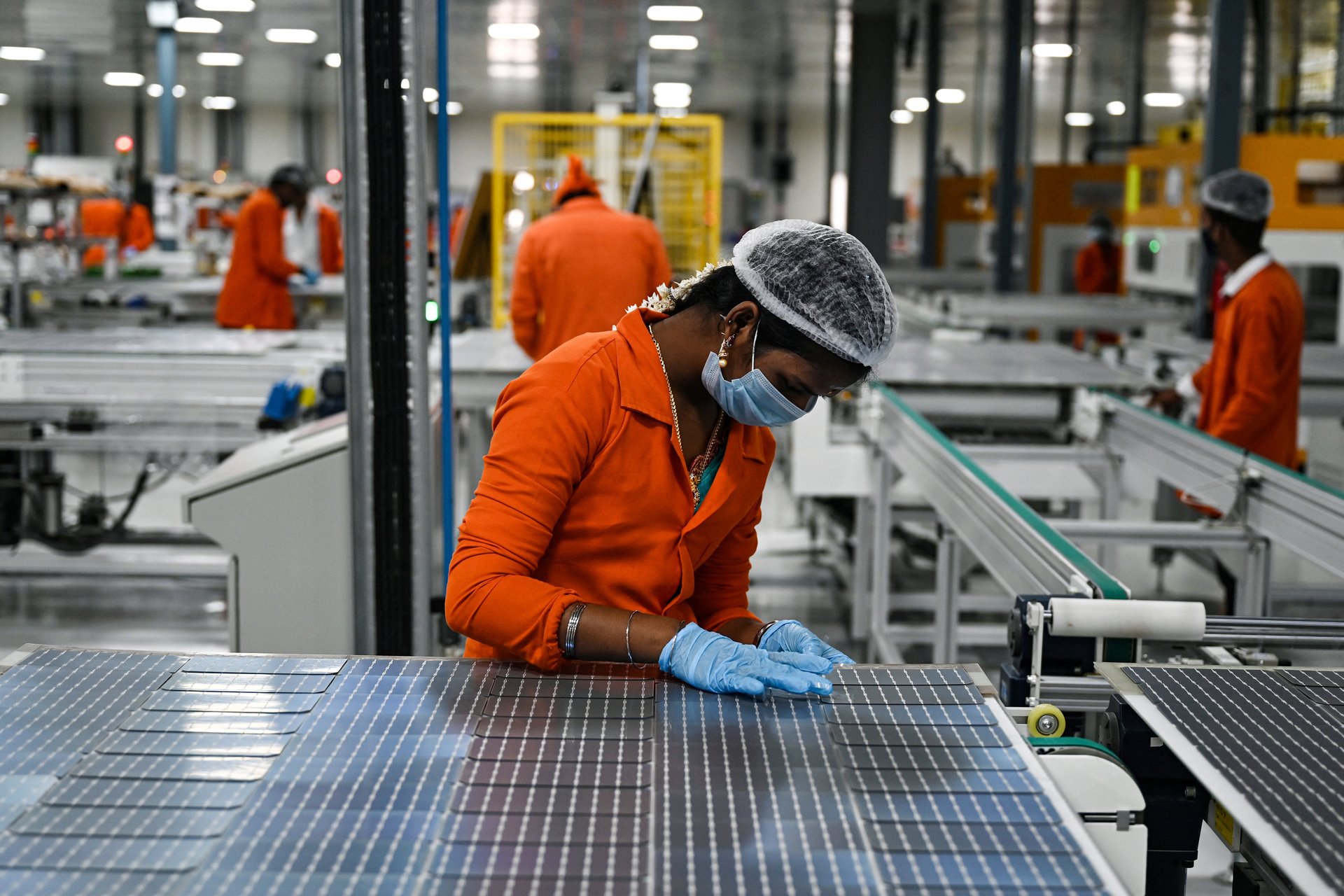What a shrinking workforce means for the world's manufacturing hubs
The locus of manufacturing will move from countries like China to other, younger nations

Among the economic puzzles of the three decades leading up to the pandemic was the one of low, stable inflation. How, over such a long period, and in a time of multiplying prosperity, did the prices of products never jag upwards sharply as they had time and again in the past?
A part of the answer lay in where many of these products were being made. The global economy underwent a huge reorientation beginning in the 1990s, as manufacturing began to move apace to countries with cheap labor. China and India rapidly became the world’s workshops for low- and middle-end production, turning out a vast volume of the consumer goods—the clothes, the shoes, the kitchenware, the car parts, the earphones, and more—that we use on a daily basis.
A shrinking workforce
The world’s population may have now crossed 8 billion, as of Nov. 15, but in these countries, the hubs of cheap manufacturing, the workforce is starting to contract. In China, for instance, there were nearly a billion people between the ages of 15-64 in the mid-2010s. By 2100, that figure is projected to drop to 380 million. As cheap labor gets scarcer in China and other countries, the cost of wages, and therefore of production, will rise. Manufacturing will be on the move again, to nations with younger populations. Some of these effects are visible already—in, for example, how Mexican manufacturing is growing competitive in comparison to China.
In tandem with the high levels of debt that governments take on to pay for their aging populations, the rising cost of labor in a country like China might stoke inflation even further. “It’s also possible, though, that as populations age, the consumption of many goods might become smaller anyway,” said Manoj Pradhan, who founded Talking Head Macroeconomics, a research firm in London. Senior citizens tend to buy fewer sneakers of the latest models, although they’ll certainly be in the market for long-lasting orthopedic shoes.
And for a country like China, that regards itself as a producer, “the production function will change,” Pradhan said. “Once they make inroads into, say, robotics, they’ll retain the higher end of the production spectrum, and the lower-tech end will pass on to labor pools in Bangladesh or Mexico.”
China’s own future prosperity will depend on making that kind of transition, Pradhan pointed out. “These countries have to change the way they make things by enhancing productivity per worker,” he said. “Then their real wage growth remains high. Each worker is more profitable, and that’s important, because their taxes will be needed to finance the rest of the population.”
